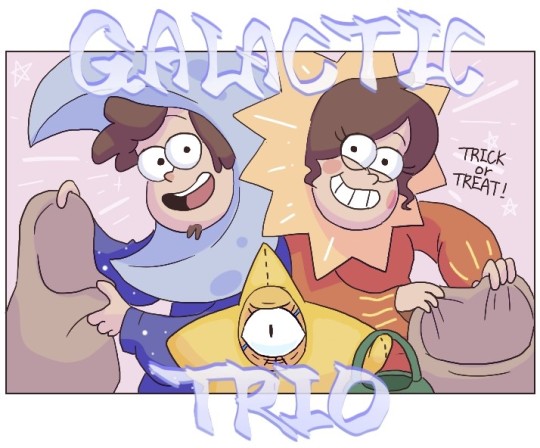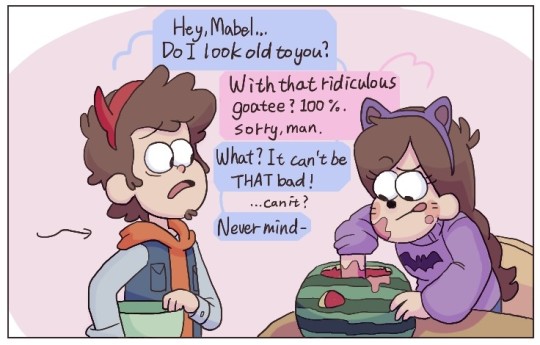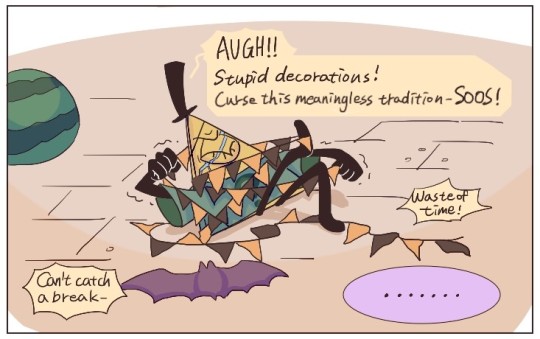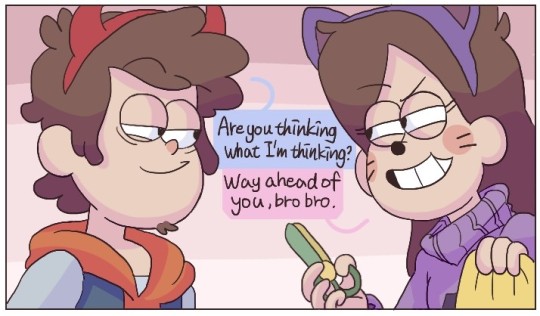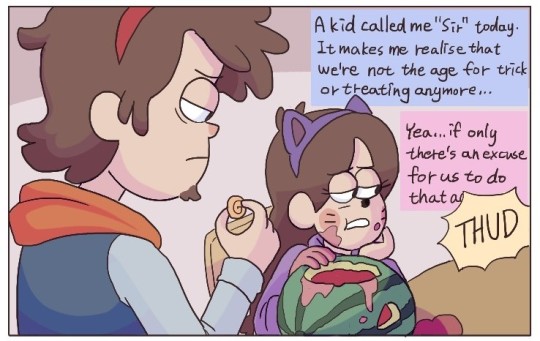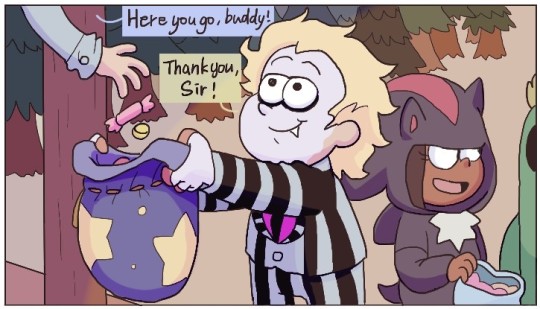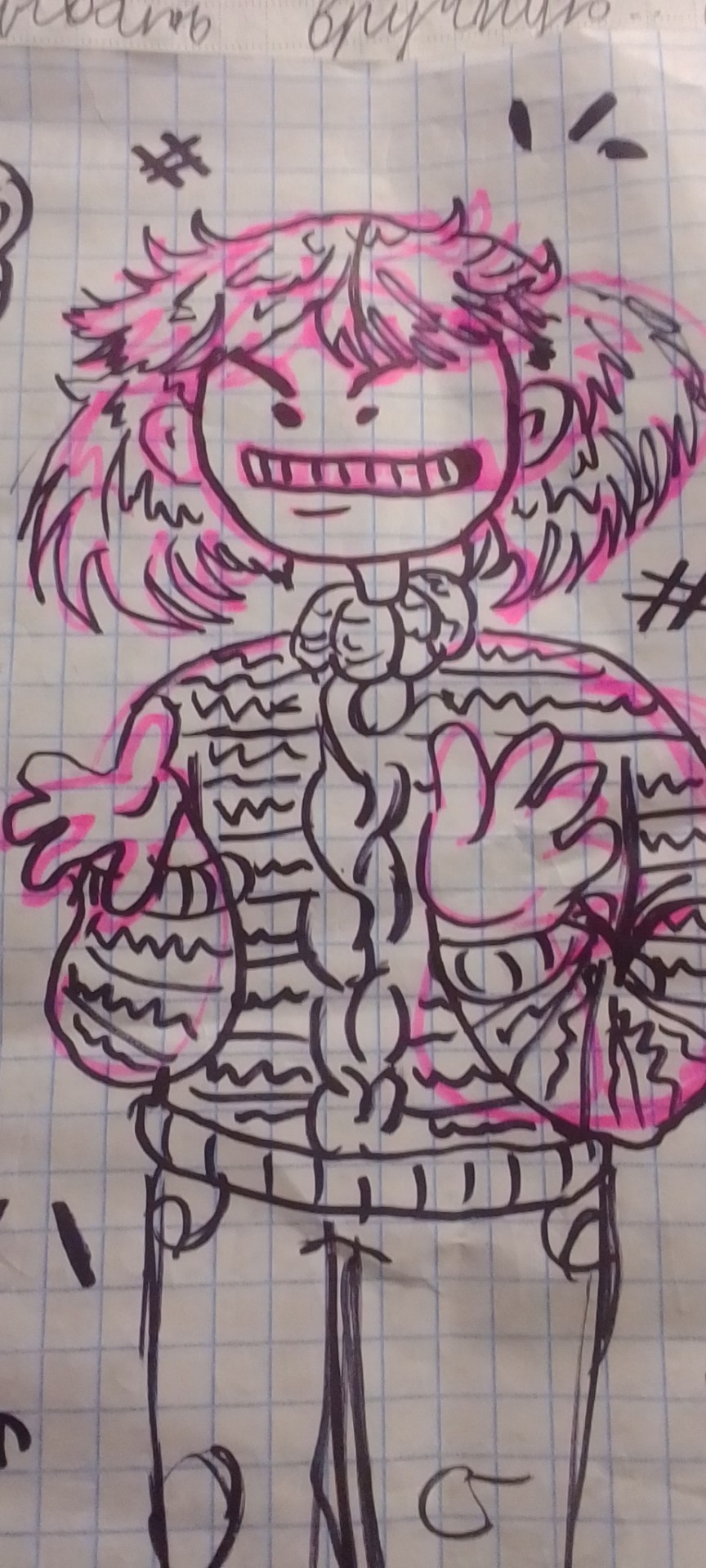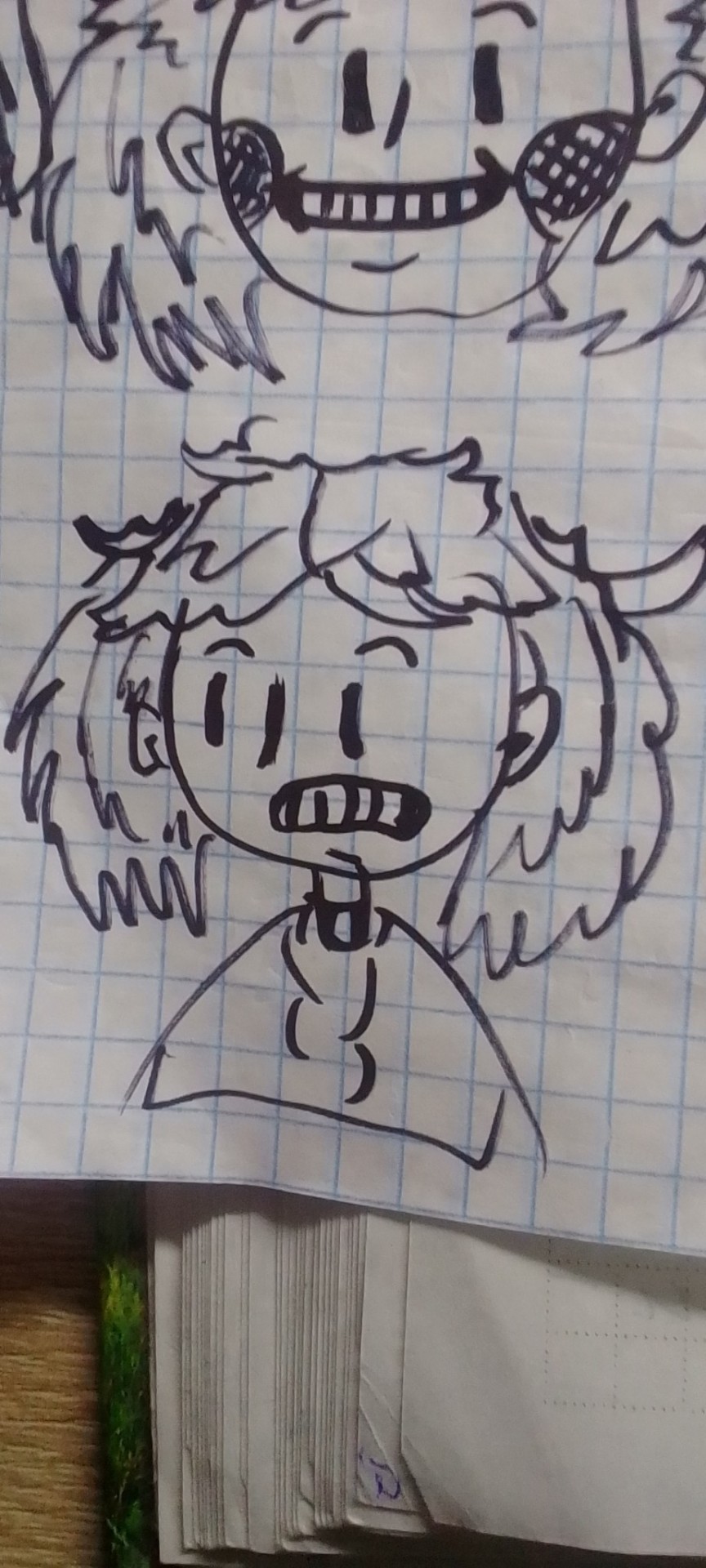Just a person who loves art. Alex, She/her
Last active 60 minutes ago
Don't wanna be here? Send us removal request.
Text
UwU throw this at you n run

Can u guess how many character I shove into this (๑>•̀๑)







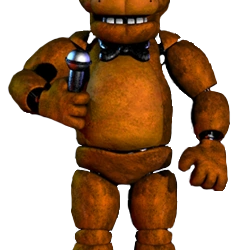

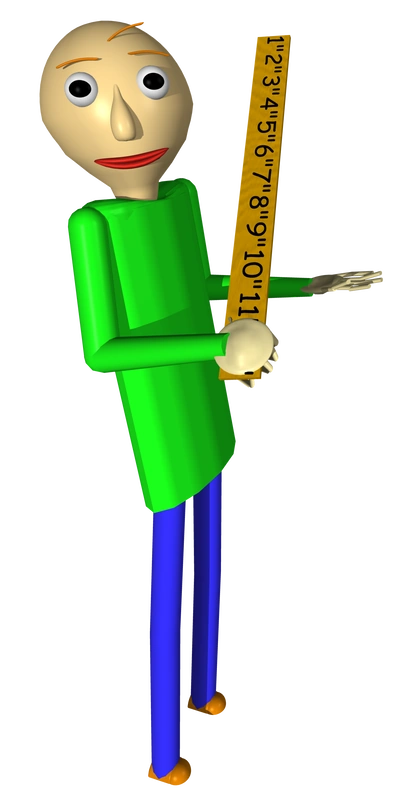

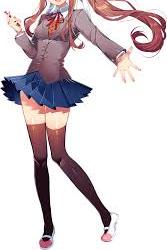



451 notes
·
View notes
Photo









if you like these please credit the original artist! they have more stamps on their gallery, i just posted the ones that are my interests :) go have a look of their work!!!
13K notes
·
View notes
Text
No bc the fact that the og pines twins use the same comments and speaking mannerisms at time after being apart for 40+ years genuinely wrecks me. Here’s some things that tear me apart about the og pines.
Key examples:
“What are ya waiting for, a kiss on the cheek?”
Being able to do perfect impressions of each other.
The fact Ford remember’s his brother almost perfectly after spending 40+ years away from him.
Stan tends to refer to Ford more as his brother, whereas Ford refers to him by Stanley.
Stanley kept the bunker in the basement identical to how Stanford left it.
The fact that Ford immediately stopped trying to fight Stan when they fought pre portal after Stan got branded.
In the Gobblewonker episode, his boat was named the Stan o’ War, a reference to the boat he and Ford named the boat from their childhood.
When Stan gave dipper the key to Ford’s bedroom because he reminded him of Ford.
Finding Ford’s glasses and wiping them clean.
Good god they tear me apart
810 notes
·
View notes
Text




MORE sea grunks bonding because I can't help myself
Part 1 | Part 2
3K notes
·
View notes
Text


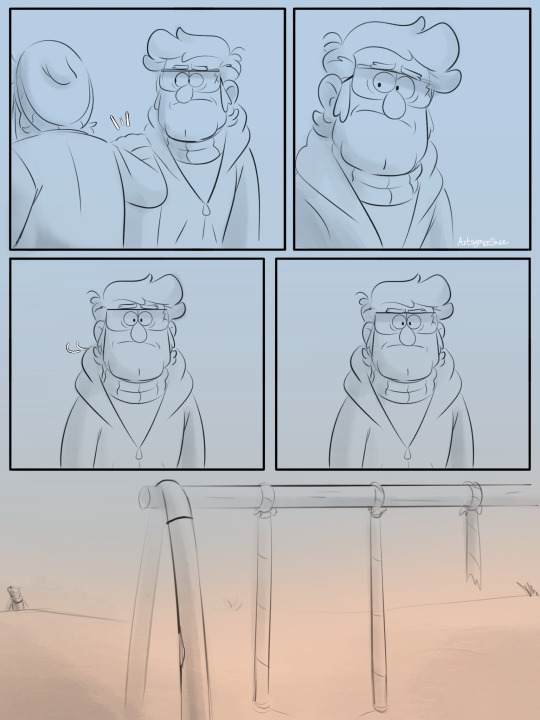



The swing set
This has been something I’ve been wanting to draw for a LONG time. Based on a headcanon someone told me a long while ago of the boys going back to see their childhood swing only to see it’s broken and rundown. Stan is clearly upset but brushes it off like it’s nothing, but Ford is very determined to fix their childhood swing because they both cherish it deeply.
4K notes
·
View notes
Text
Me on one picture: WHEEZE okay okay, calm one it's almost 1 am *slides to next one*: WHEEEEEEEEEZEEEEE
Shitposting cuz its funny










30K notes
·
View notes
Video
Literally Nosk from Hollow Knight
344K notes
·
View notes
Text
Because I’m being starved of Sansby fics, I’m making a list to pin on here so nobody else has to go looking too far.
Читать дальше
290 notes
·
View notes
Text
books for learning characters
I’ve brought this book up before, and I feel like doing it again. If you are just starting to learn chinese (or japanese), you often hear people suggest remembering the characters with mnemonics.
People will tell you 1. Read about how characters are made of ~200 radicals, those radicals may hint at meaning and/or pronunciation, those radicals make characters of which some of those characters may combine with other characters/radicals to make additional characters, and 2. Make up mnemonic stories to remember the meaning and/or pronunciation (example: “tree 木 + several 几 = machine 机”: It took several trees to provide enough wood to make the parts for the huge machine. When it was finished they had to get the giant to bring his jeep to deliver it. Here the mnemonic is using giant to indicate tone-which is what the particular book I used did, and the ‘jee’ part of jeep is to remind you roughly of the pronunciation).
You can learn characters a different way, in whatever way works best for you. Some people do best by writing characters repeatedly, some use SRS flashcard apps or paper flashcards, some need to read and look up characters over and over (me lol), some find mnemonics useful.
I found mnemonics for sound/shape useful back when I learned hiragana and katakana, so I found the idea of using mnemonics for kanji and hanzi helpful. People often suggest Heisig’s Remember the Kanji book for japanese learners (and there’s a Remember the Hanzi version for chinese). That book does a good job of explaining radicals, and how to make up mnemonics… but you have to make the majority of the stories up yourself. Which to me, was the hardest part about using mnemonics, so I never found the Heisig books very useful.
These are the books I found tremendously useful:
Tuttle Learning Chinese Characters: (HSK Levels 1 -3) A Revolutionary New Way to Learn and Remember the 800 Most Basic Chinese Characters - this book covers 800 common hanzi, includes a lot of common words, has HSK overlap if you happen to be studying using HSK guidelines early on (I was), explains radicals and how to make mnemonics, and includes mnemonic stories for meaning and pronunciation for every single hanzi in the book. There’s a lot of places to find free explanations of radicals, of how to make mnemonics, and of mnemonics people have made up (I highly recommend searching user made anki and memrise decks for “hanzi mnemonics” if like me you prefer premade-stories included). This book is the only thing I’ve seen so far though that includes mnemonics for the pronunciation aspect including the tone of the hanzi. As a beginner, it made it so much easier to just zoom through and read through the hanzi, get to a point I could recognize a few hundred within a month and several hundred within 3 months, and remember how to pronounce them. Including the tone, which was so important as a beginner not used to remembering tones and keeping track of tones in a language. The book also covers so much more than the Heisig books, in that it actually makes a story for all the hanzi it covers. Once I was through reading the book (just reading the next chapter and glancing-back at some old pages each week, I did not SRS study this), I was good at making up my own stories like the book, and was able to move on to learning 2000 common words, and reading with a click dictionary, and I didn’t have issues remembering hanzi or figuring out how to remember new ones I saw. If I really struggled to make a story up (and needed one), then after I was done with the book I looked up “hanzi mnemonics” online and found other people’s examples then just added a pronunciation bit if I needed to. I think this book is just so easy to use, does so much work for the learner and explains decently, matches up to HSK well so people don’t have to change their study materials greatly, matches up to a lot of common words (most of the 2000 words I learned later used mostly these hanzi I’d learned from the book), and explains how to break down looking at a character and making up a useful mnemonic story. Heisig’s books explain that too, but make you do a lot more of the work yourself which can be time consuming, and happened to demotivate me and I kept quitting back when I used Heisig’s books (though for people who prefer making their own study materials they may find the Tuttle book annoying and Heisig’s books more useful).
Tuttle Read Japanese Today - back when I started learning japanese, this book is how I learned my first 400 kanji. This book does NOT teach with mnemonics. It teaches some pronunciation but does not use mnemonics, just states what the pronunciations are. Where this book shines, is getting a beginner unfamiliar with characters used to them, used to seeing them as words/concepts/symbols, used to breaking them down into their components, and able to distinguish and remember them. If a beginner is struggling to see characters as parts, rather than random lines/shapes, or struggling to remember what characters mean, this is a good introductory book.
Learn to Read in Japanese, Volumes 1-3 - these books are made by japaneseaudiolessons.com (a site which provides completely free audio lessons and accompanying pdf transcript and grammar book). These books succeed where Heisig’s failed me. These books provide mnemonic stories for the meaning of kanji, and for the pronunciations. If you learn well with mnemonics, then these books have stories pre-made for every kanji within them. The 3 volumes contain 1528 kanji, which is a solid number, and like the Tuttle Learning Chinese Characters book above, once you learn so many kanji this way it becomes easier to adapt to do it yourself if you run into more kanji while reading on your own. These books go even farther, and also give you practice sentences to read. If your options are Heisig’s books or these, I’d recommend these if you prefer mnemonics for meaning and sound already made for you. However, these are the only books on this list that may not be in a library/online for free. So if price is an issue, all of the other books listed are easy to find for free in regular libraries, college/university libraries, ebook libraries, and book download sites. These specific books are about 10-20 a piece, about 60 dollars for all 3.
Chinese Characters: Learn & Remember 2,178 Characters and Their Meanings by Alan Hoenig - a great book that contains pre-made mnemonic stories for 2,178 hanzi meanings. There are no mnemonics for pronunciation, but the pronunciation is visible in pinyin next to each hanzi entry. Between this book and Heisig’s, I prefer this one because it has premade all the mnemonics for you. So if you need/prefer premade mnemonic stories to remember, this is a cheap easy reference. There’s also free mnemonic stories out there if you search “anki hanzi mnemonics” or “hanzi mnemonics” etc. I ended up buying this book because I liked having a book reference around, I study best with books. Like most of the books above, this is cheap to buy and floating around as a free pdf in a ton of places. This book is a bit harder to find in libraries though, and sometimes it’s not on bigger sites and you need to look for it used on Thriftbooks/Abebooks etc if you want a physical copy.
Special mentions: The Kodansha Kanji Learner’s Course: A Step-by-Step Guide to Mastering 2300 Characters (provides some details on each kanji, some pronunciations, some example words, great reference book), Reading and Writing Chinese: Third Edition, HSK All Levels (2,349 Chinese Characters and 5,000+ Compounds) (covers all HSK hanzi, similar to KKLC with some details on each character, pronunciations, example words, comes in a traditional or simplified version, great reference book), Heisig’s Remember the Hanzi Volume 1+2 and Remember the Kanji Volume 1+2 (the 1st volumes contain information on radicals and how to make mnemonics and some mnemonics for the first few hundred characters, after that largely you will be making your own mnemonic stories with only a radical/symbol breakdown of each character provided); Chinese Blockbuster 1-9 (this book contains mnemonics for meaning and pronunciation of traditional and simplified characters so that’s awesome, however the downside is each individual book only covers ~500 characters, at the speed I was learning from the Tuttle book and then reading I had already covered 2000 characters learned before I even found these books… so they may not be worth the money unless premade-mnemonic stories still help you a TON into 2000 characters and you still struggle to remember hanzi without mnemonics at that point).
21 notes
·
View notes
Text

My favorite characters (from left to right)
1 row
✨Knuckles the echidna (Sonic, all media types)
✨Perry the Platypus (Phineas and Ferb)
✨Sherlock (BBC version)
✨Ralsei (Deltarune)
✨Connor RK800 (Detroit: become human)
2 row
✨Basil (Omori)
✨Peppino Spaghetti (Pizza Tower)
✨King Dice (Cuphead, all media types)
✨Bill Cipher (Gravity Falls)
✨Spongebob Squarepants (only first seasons with Steven involved)
3 row
✨Olezha)Олежа ( My Student Spirit/Дух моей общаги Russian Web-series)
✨Miles Edgeworth (Ace Attorney)
✨Reigen Arataka ( Mob Psycho 100, all media types)
✨Zhongli (Genshin Impact)
4 row
✨Doctor Flug (Villainous)
✨Rapunzel (all media types)
✨Cratcy/И краткий (Russian Web series CFMOT/ИНМТ)
✨Monica (Doki Doki: literature club)
✨sans (Undertale)
5 row
✨Charles (Henry Stickmin)
✨Glam ( Russian web series Metal Family)
✨Aki Hayakawa (Chainsaw man, all media types)
✨Nagito Komaeda ( Danganronpa 2: goodbye despair)
✨Bendy ( Bendy and the ink machine)
6 notes
·
View notes
Text



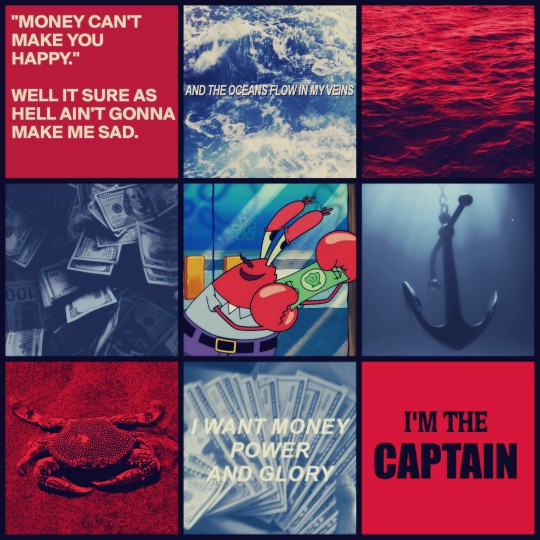

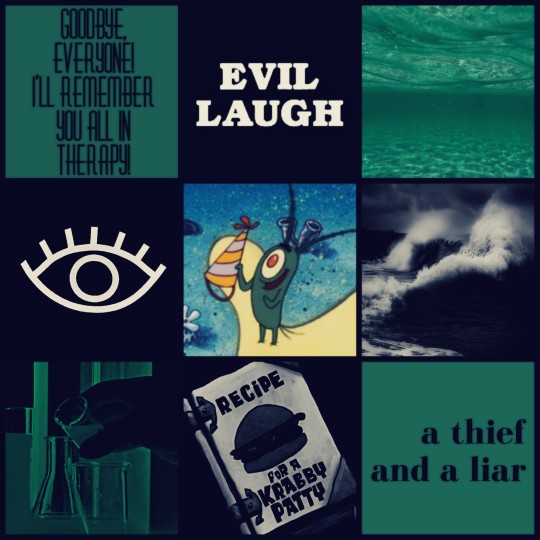
SpongeBob Main Cast moodboards!
#spongebob squarepants#spongebob#patrick star#squidward tentacles#mr. krabs#eugene krabs#sandy cheeks#plankton
312 notes
·
View notes
Text
Yes
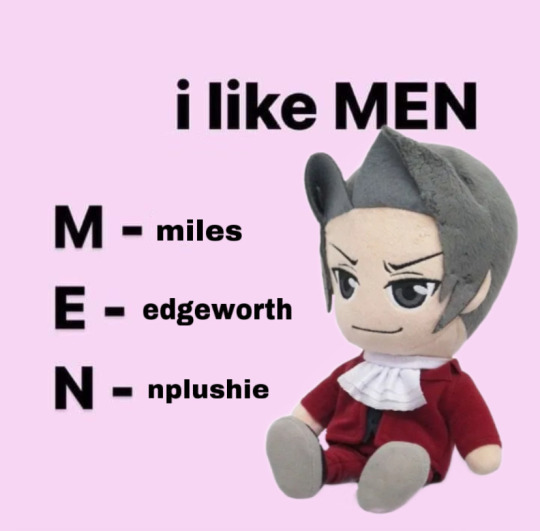
brainrot 2.0
( ty @duskiecat for the suggestion this is a lot funnier wkdkdkdkdkfk )
397 notes
·
View notes
Text
Miles and Trucy. I love Trucy<3

#ace attorney#miles edgeworth#art#artists on tumblr#artwork#Aa fanart#aa art#fanart#Trucy Wright#Background:0?!
25 notes
·
View notes



